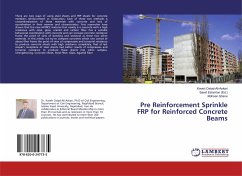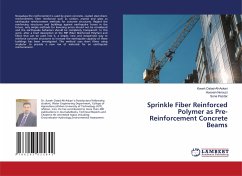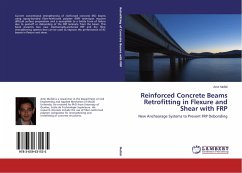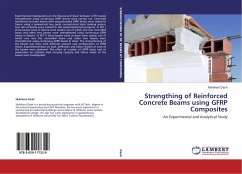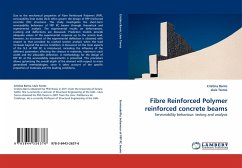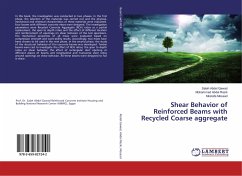Reinforced concrete beams lose resistance when exposed to high temperatures and so as to guarantee their good performance, it is mandatory to consider this accidental action in design. Therefore, aiming to aid structural engineers, this book presents a study about the procedures to design for fire situation. The first chapter introduces the scope of the research. The second discusses fire characterization, heat transfer and effects of fire on material properties (concrete and steel). The third is dedicated to the state of the art. The fourth describes the guidelines for the Eurocode and the Brazilian standards recommended methods for design. The fifth analyses the resistance bending moment of heated cross-sections by means of five simplified methods and an advanced one. All the results showed to be similar. The sixth presents an alternative graphic tool for design. The seventh contains the research final remarks and the appendix shows the applicable graphs regards the determination of the fire resistance of members with different geometries and rebar arrangements.
Bitte wählen Sie Ihr Anliegen aus.
Rechnungen
Retourenschein anfordern
Bestellstatus
Storno


